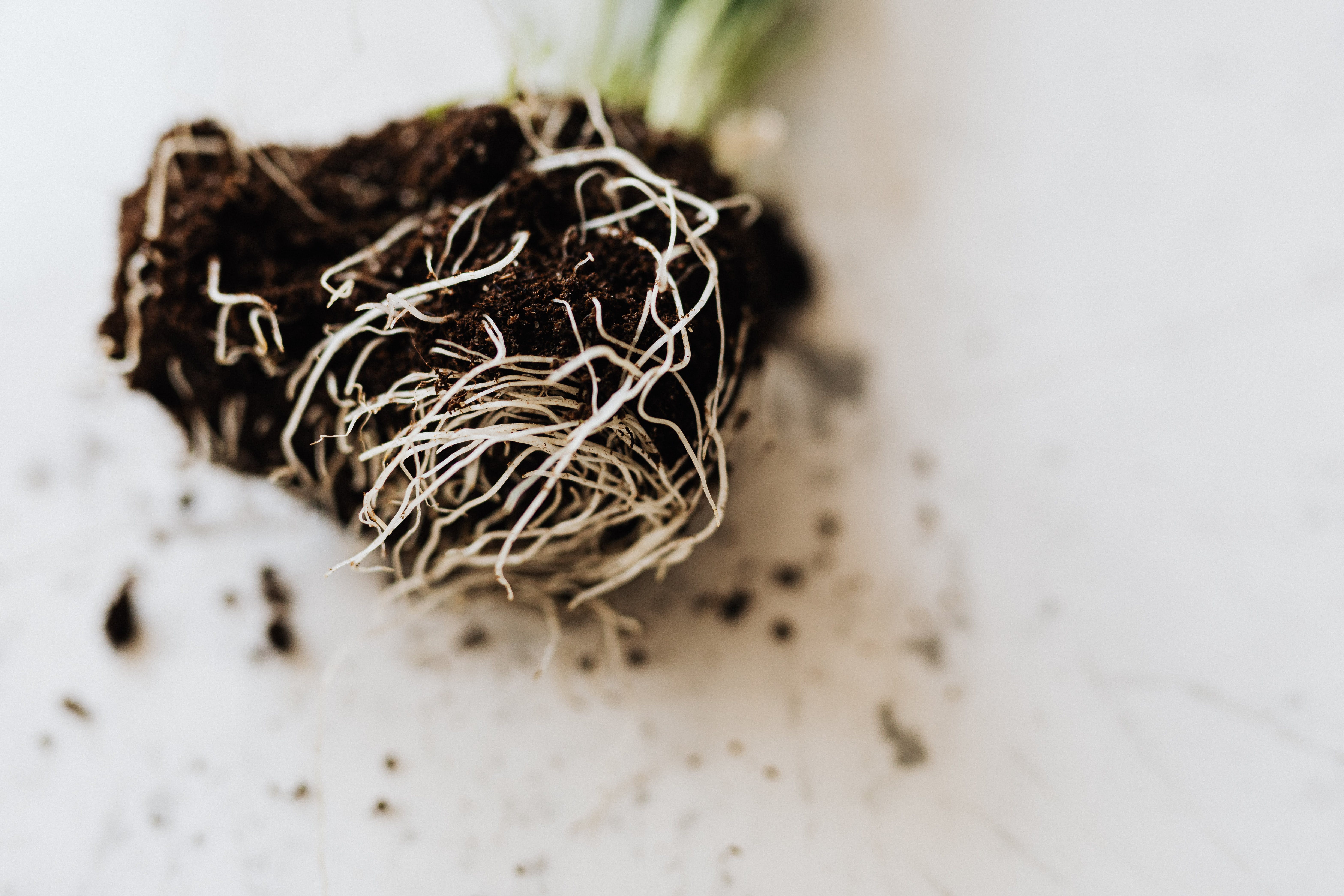Building a garden above ground can be a great way to get started with gardening. This type of garden offers many advantages, such as easy access, fewer pests and weeds, and greater control over the environment. With a few simple steps, you can create an attractive and productive garden that will provide years of enjoyment. In this guide, we’ll walk you through the basics of building an above ground garden, including choosing the right location, preparing the soil, selecting plants and more. With a little bit of effort, you’ll soon be growing your own fresh produce in your very own above-ground garden!When selecting an appropriate site for your above-ground garden, there are several factors to consider. The most important factor is sunlight; the majority of vegetables require at least six hours of direct sun each day to grow. Consider the location of nearby trees and buildings that may cast shade at different times throughout the day. In addition, make sure the area has adequate drainage and is not prone to flooding. You will also need to ensure that your garden bed will have enough space for you to move around and tend to your plants. Finally, it is important to choose an area that receives adequate protection from strong winds and other extreme
Choosing the Right Size and Shape of Your Garden
When starting a new garden, it is important to consider the size and shape of your garden. If you want to maximize your gardening space, you should choose a size and shape that will allow you to make the most of the space available. There are several factors to consider when choosing the right size and shape for your garden.
First, you need to consider how much space you have available. If you have a large backyard, then you can probably get away with having a larger garden
Deciding on the Type of Soil to Use in Your Above-Ground Garden
Choosing the right soil for your above-ground garden is an important step in ensuring that you have a successful and healthy garden. The soil you choose will help determine the amount of nutrients, minerals, and water your plants receive. It is important to select a soil that is well-draining, nutrient-rich, and has good aeration.
When selecting soil for an above-ground garden, it is important to consider the type of plant you are growing. Different plants
Building Up the Structure of the Garden Bed
Building up the structure of a garden bed is a great way to create a beautiful and productive space in your garden. Whether you’re starting from scratch or altering an existing bed, it’s important to consider how you want it to look and function. It’s also important to choose materials that will be long-lasting and durable, as well as aesthetically pleasing.
When building up the structure of your garden bed, you should begin by assessing the size of the area
https://images.pexels.com/photos/4202324/pexels-photo-4202324.jpeg
Selecting a Drainage System
Selecting the right drainage system for your home or business is an important decision. There are several factors to consider when selecting a drainage system, including the size of the area to be drained, the type of soil and terrain, and the type of water runoff that needs to be managed. Additionally, it is important to consider the cost of installation and maintenance. Professional contractors can help you evaluate your needs and make informed decisions about which type of drainage system will best suit your needs.
Types of Drainage Systems

Establishing Good Soil Quality with Mulch and Compost
Mulch and compost are two of the most effective ways to improve the quality of soil in your garden. Mulch is a layer of organic material that is spread over the soil surface to help retain moisture, prevent weeds, and protect plants from extreme temperatures. Compost is a mixture of decaying organic matter that adds important nutrients to the soil. Both mulch and compost can help create healthy, productive soil conditions for your plants to thrive.
Mulching is
Planting Seeds or Seedlings in Your Above-Ground Garden
Adding seeds or seedlings to your above-ground garden is a great way to start growing a variety of plants. Whether you’re looking to grow vegetables, herbs, flowers, or other plants, it’s important to understand the basics of planting seeds and seedlings in order to have the best success with your garden.
When planting seeds, it’s important to know what type of soil is best for the particular type of plant you’re growing. Different types of
Adding Decorative Elements to Your Above-Ground Garden
Adding decorative elements to your above-ground garden can be a great way to make it stand out from the crowd. There are many different types of decorations that can be used, each of which will give your garden a unique look and feel. From decorative fountains and wind chimes to colorful flowers and plants, there are plenty of ways to give your above-ground garden an eye-catching look.
When selecting decorations for your above-ground garden, it is important to consider

Conclusion
Building an above-ground garden is a great way to get started with gardening. It requires minimal effort and maintenance, and allows you to experiment with different crops and soil types. With the right planning, above-ground gardens can be beautiful, productive, and provide a rewarding experience for the gardener.
When constructing an above-ground garden, start by selecting a suitable location and preparing the soil. Make sure to use quality materials for the planters or raised beds and select appropriate plants for your area. Regularly monitor water levels and fertilize as needed
